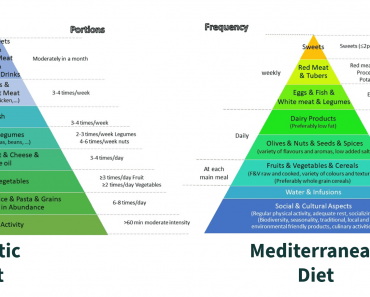
A bioarchaeological investigation has revealed that the quality of life in the countryside was better when compared to the city in the Roman Empire.
The study, published in the Journal of Archaeological Science: Reports, takes a deep dive into the two different lifestyles in Italy at the time of the Roman Empire. The researchers analyzed the skeletal remains from two necropolises: Corinaldo in the Marche region of Italy (rural) and the Catholic University in Milan (urban). The investigation revealed huge differences in the quality of life in these two very different places in the empire.
The countryside beat city life in the Roman Empire

In total, 110 sets of remains were studied. Sixty of the individuals were from rural areas in Corinaldo and the other 50 were from Milan. The scientists were looking for stress markers, both physical and physiological. They found that the rural folk enjoyed better living conditions than their city-dwelling counterparts, showing greater access to resources and distribution of labor tasks between genders.
Oral health was the biggest evidence pointing toward a better quality of life in the countryside. Dental calculus was more pronounced in 42 percent of urban individuals, as compared to 26 percent of rural people. This stark difference shows a poorer quality diet in the cities than in the fields.
It wasn’t all great in the countryside though, as the study revealed that more men had lumbar damage and women had cervical spine wear, suggesting their physical tasks eventually damaged their bodies. However, more fractures were found among the city dwellers, suggesting they were more prone to accidents traversing their densely populated towns.
Another interesting aspect of the study was the difference between gender lifespans in the countryside and the city. In the rural areas, women lived longer, while the opposite was true in the cities. This finding implies that urban women were more exposed to pathogens, diseases and pollutants when compared to their rural counterparts who lived in regions where the quantity of those harmful contaminants was significantly less.
Overall, the researchers claim that their methodology and findings allowed them to find a broad answer to the little-asked question of whether life was better in the countryside or the cities of the Roman Empire.
“This research highlighted the differences between rural and urban lifestyles in Roman Italy,” wrote the researchers. “Here, the topic has been explored through the integration of various stress markers, across the life course and considering both mechanical and physiological aspects. This approach has allowed for a broader overview of both urban and rural worlds in antiquity, investigating a relatively underexplored area of research in Italy.”







